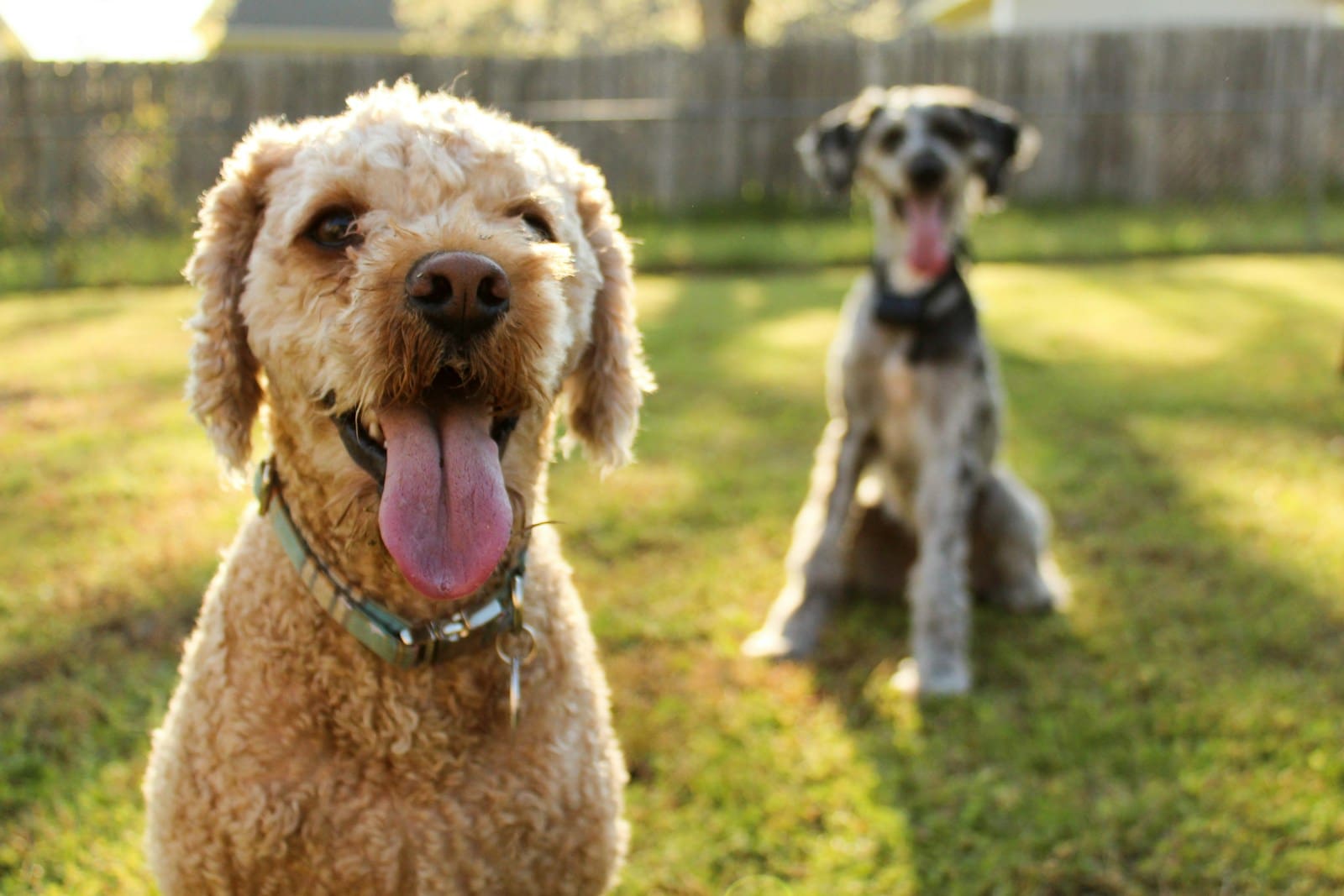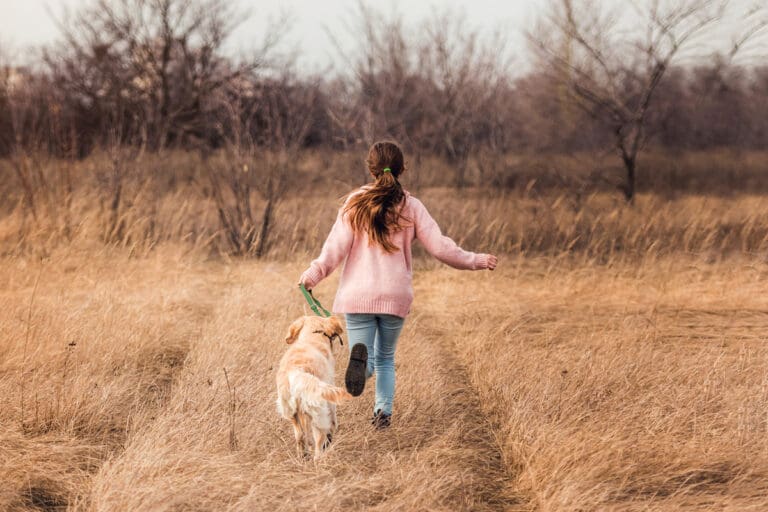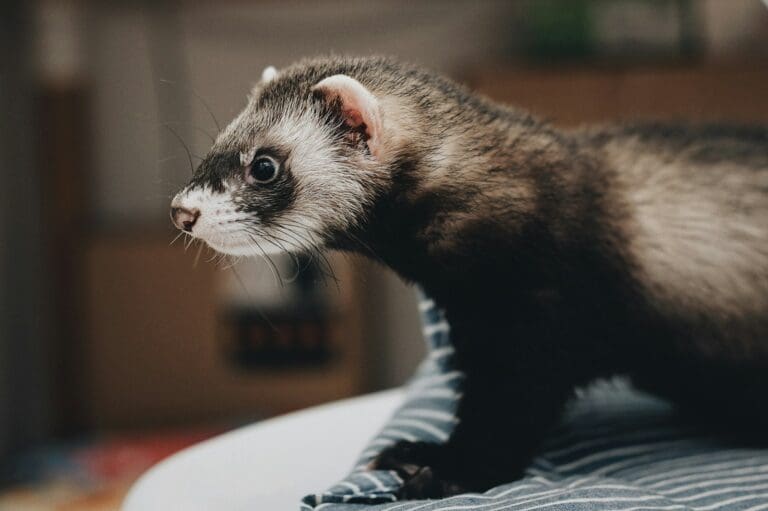Our backyards are havens for relaxation and fun for both us and our beloved pets. Yet, they can also be riddled with hidden dangers that could pose serious risks to the safety and well-being of our dogs. From toxic plants to hazardous chemicals, it’s essential for dog owners to be aware of these threats to ensure a safe environment for their furry friends.
This article explores the top ten common backyard dangers for dogs and offers tips on how to secure your yard from these hazards.
10. Outdoor Chemicals and Cleaners
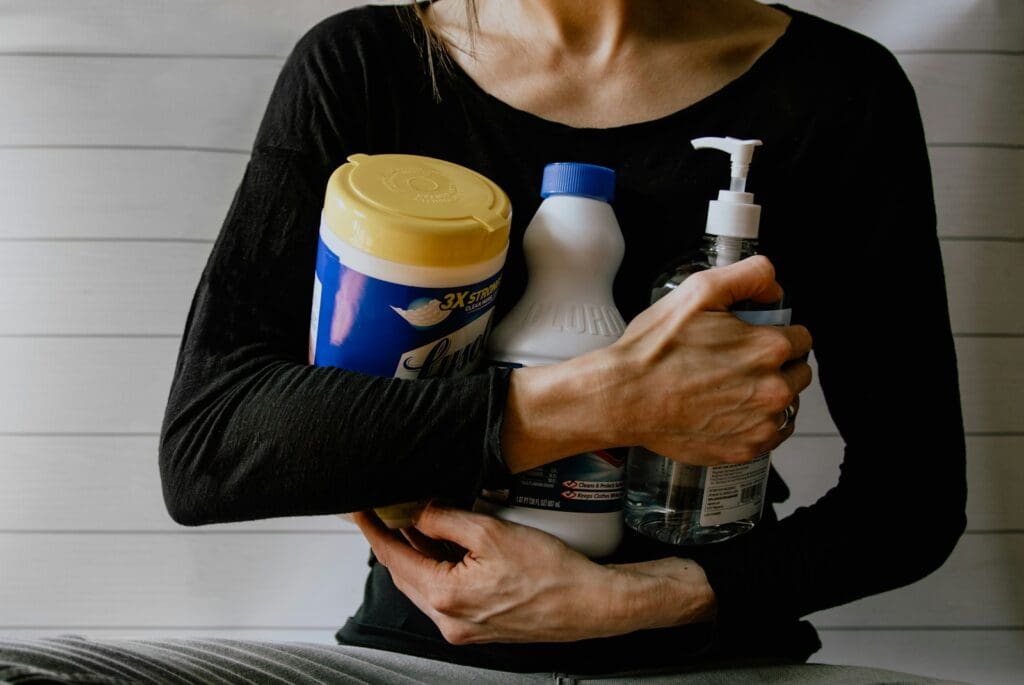
Many outdoor cleaning products and chemicals can be toxic to dogs. Patio cleaners, lawn fertilizers, and pesticides often contain harmful ingredients like benzalkonium chloride or ammonia. These can cause irritation, chemical burns, or even poisoning if ingested. Always store chemicals securely and keep pets away from treated areas until dry.
9. Poisonous Mushrooms
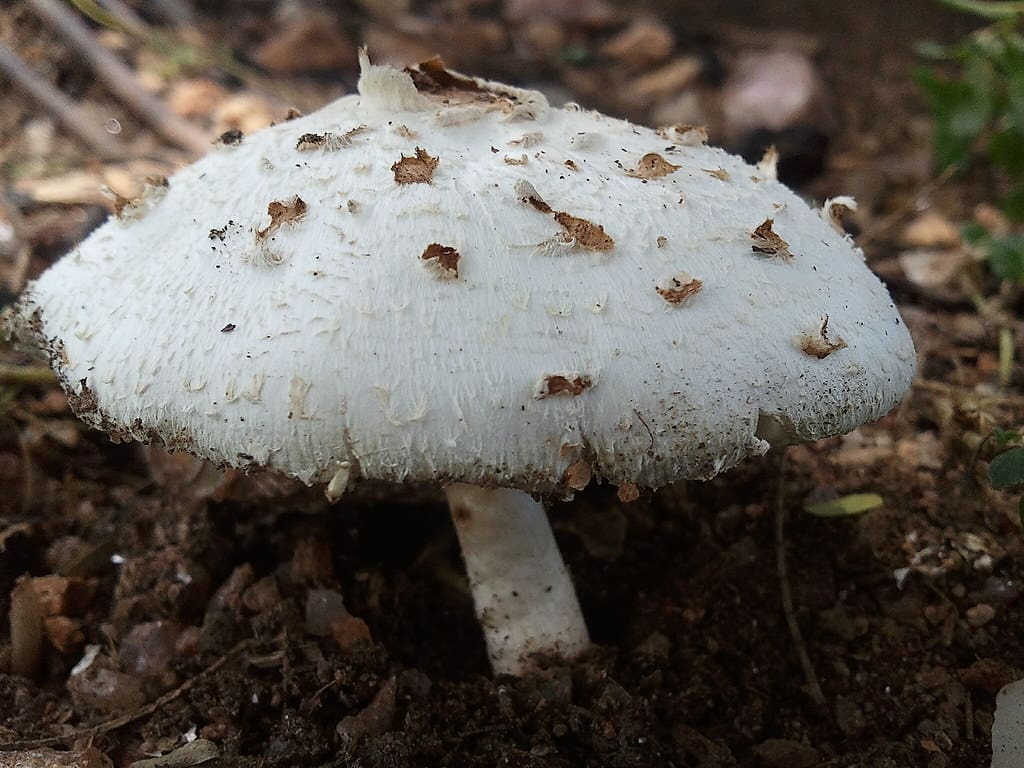
Certain backyard mushrooms can be deadly to dogs, particularly Amanita phalloides (Death Caps) and Inocybe species. These mushrooms contain muscarine, which is toxic to canines but harmless to humans. Symptoms of mushroom poisoning include vomiting, diarrhea, and liver failure. Always monitor your dog outdoors and remove any wild mushrooms from your yard.
8. Insect Infestations
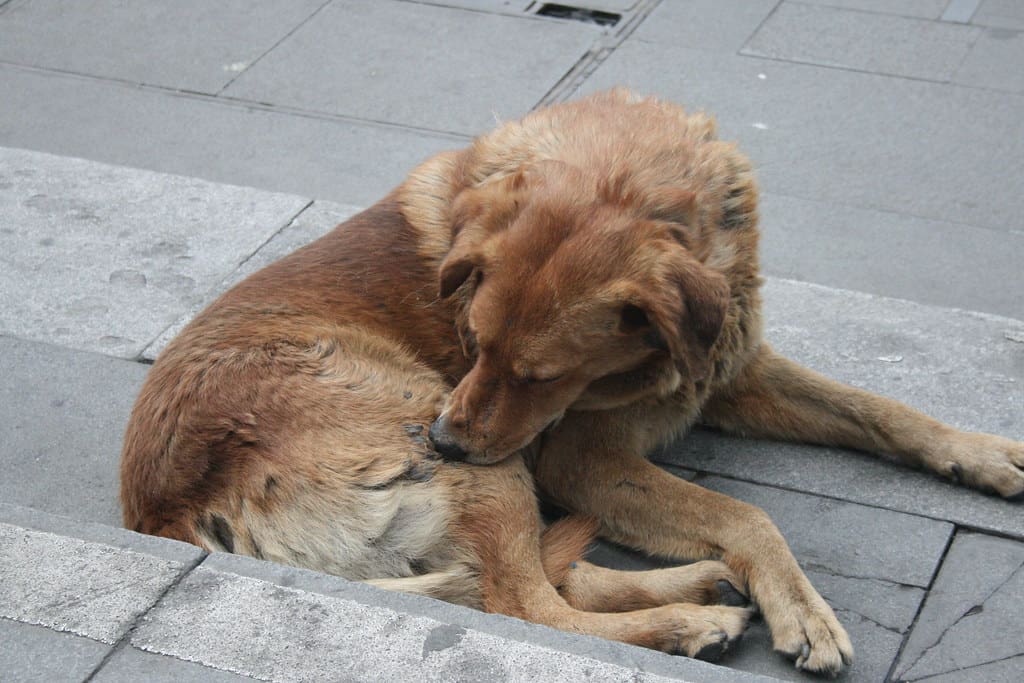
Fleas, ticks, and mosquitoes pose significant risks to dogs in backyards. Fleas cause itching and can transmit tapeworms, while ticks spread diseases like Lyme disease. Mosquitoes can transmit heartworm, a potentially fatal parasite. Regular pest control and preventative medications are crucial for protecting your pet from these harmful insects.
7. Sharp Objects and Tools
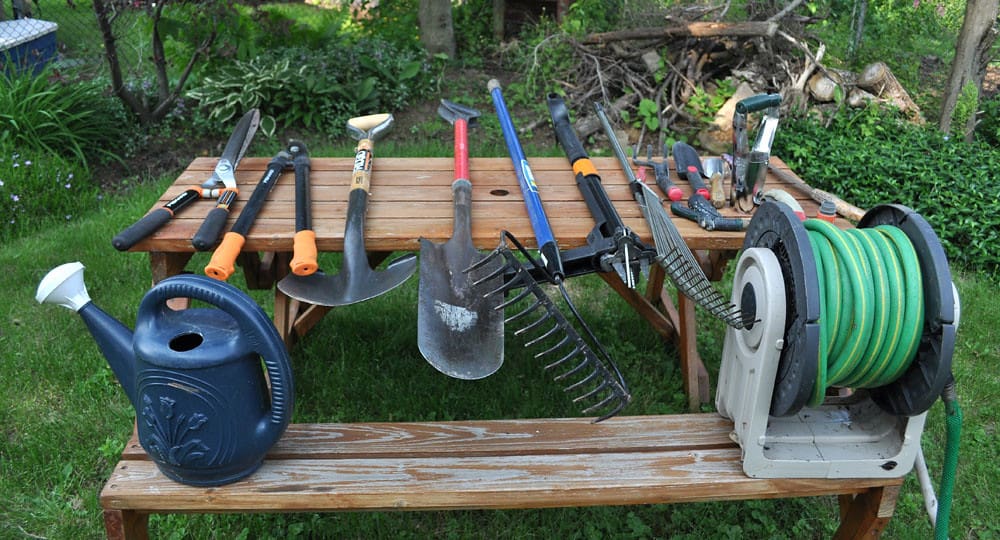
Keep gardening tools, lawn equipment, and other sharp objects safely stored when not in use. Dogs can suffer cuts, lacerations, and paw injuries from items like pruning shears, rakes, or exposed landscape edging. Regularly inspect your yard for potential hazards and secure or remove them to prevent accidental injuries.
6. Extreme Weather Conditions

Protect your dog from harsh weather. In hot conditions, provide shade, fresh water, and limit outdoor time to prevent heatstroke. During cold spells, offer warm shelter and monitor time outside to avoid hypothermia. Never leave your pet in a car, as temperatures can quickly become dangerous.
Source: Humane Rescue Alliance (https://www.humanerescuealliance.org/blog/posts/keeping-your-dog-safe-in-extreme-heat)
5. Wildlife and Stray Animals
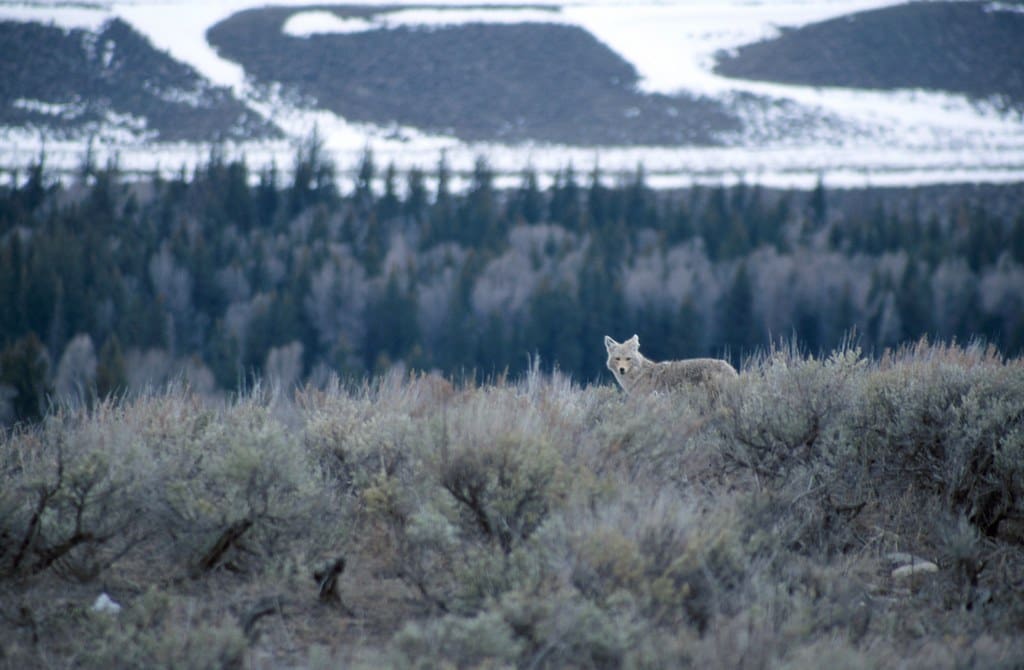
Encounters with wildlife or stray animals can pose serious risks to your dog. Predators like coyotes, foxes, and birds of prey may attack smaller dogs, while skunks can cause unpleasant odors. Stray animals might carry diseases or become aggressive. Always supervise your dog outdoors and secure your yard with proper fencing to minimize these dangers.
4. Standing Water and Pools
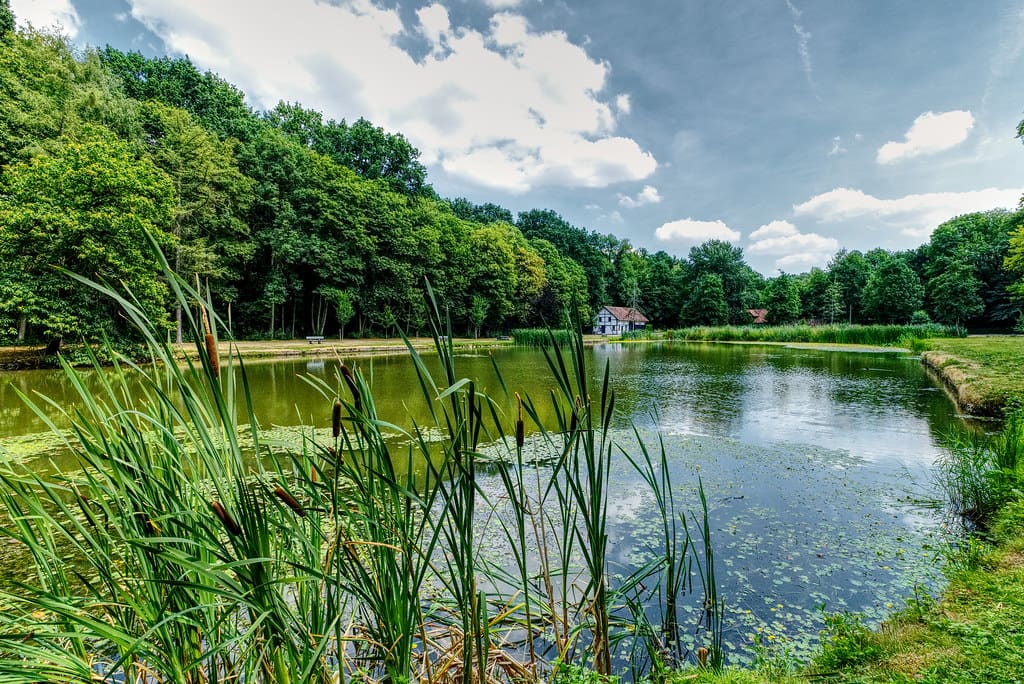
Standing water in puddles, ponds, or even poorly maintained pools can harbor harmful bacteria and parasites like Leptospira and Giardia. These pathogens can cause severe illness in dogs. Additionally, blue-green algae in stagnant water can be toxic and potentially fatal if ingested. Always provide fresh, clean water for your dog and discourage them from drinking from unknown sources.
3. Unsecured Fences and Gates
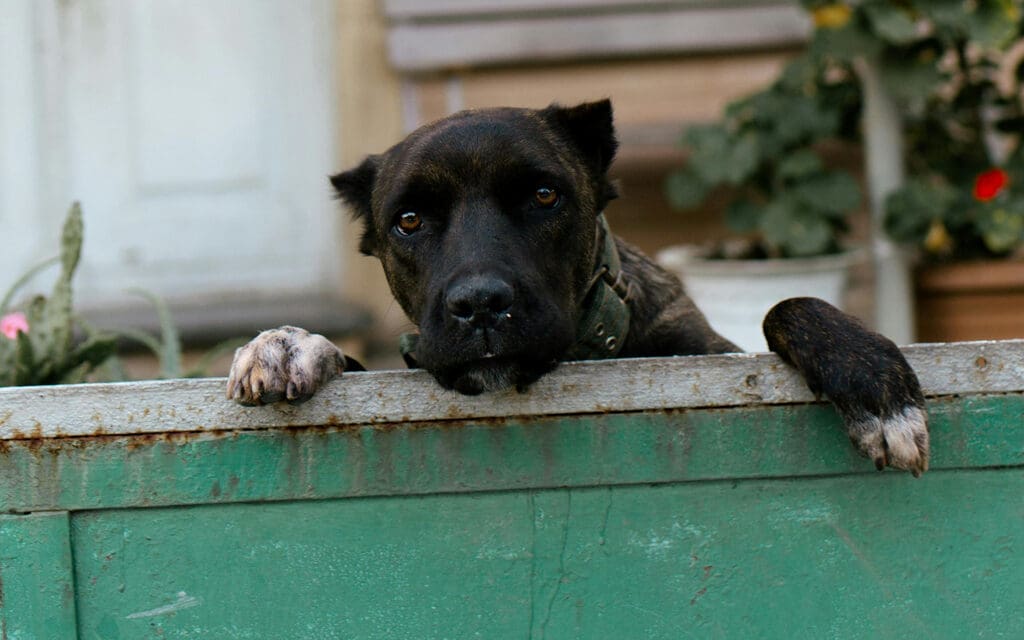
Damaged fences with missing boards or loose panels create escape opportunities for dogs. Faulty latches can be thwarted by clever canines, while gaps underneath invite digging. Ensure your fence is at least 5 feet tall, with no footholds for climbing. Regularly inspect and maintain fences, securing latches and filling gaps to keep your furry friend safe.
Related: 5 Things to Do If Your Dog Runs Away
2. Pesticides and Fertilizers
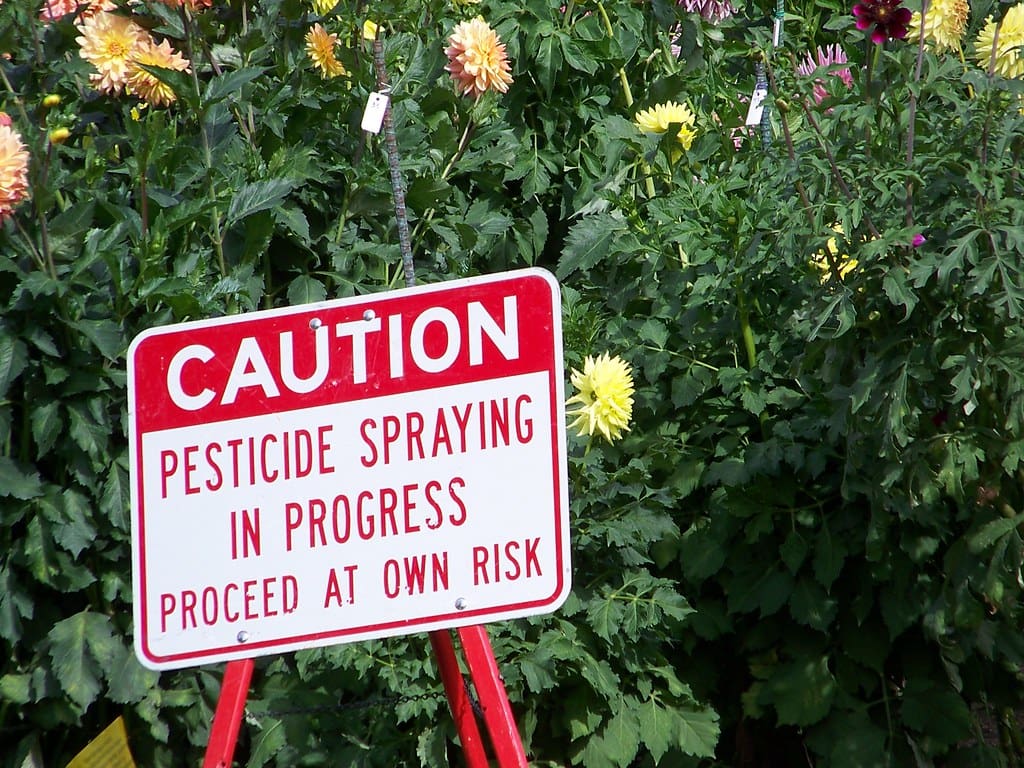
Many lawn care products can be toxic to dogs if ingested. Fertilizers often cause mild gastrointestinal upset, while pesticides containing organophosphates or carbamates can lead to more severe symptoms like tremors or seizures. Always store these products securely and follow label instructions for safe application around pets.
Related: Ten Household Items to Not Use Around Your Pet
1. Toxic Plants and Flowers

Many common garden plants can be dangerous to dogs if ingested. Azaleas, lilies, daffodils, and sago palms are highly toxic, causing symptoms ranging from gastrointestinal upset to organ failure. Always research plants before adding them to your yard, and consider creating a designated dog-safe garden area.
Related: 10 Ways to Extend Your Dog’s Life

